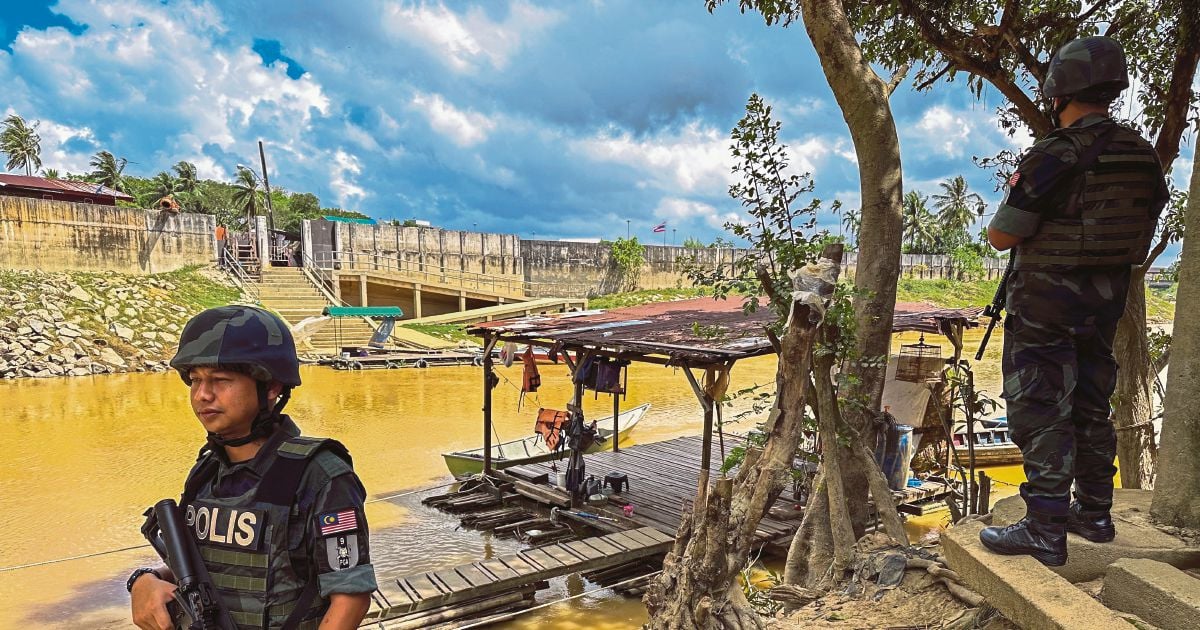The northern peninsular states that share a border with Thailand have been battling smuggling for a long time. The porous 647km long land border — cutting across thick jungle, rugged mountains and fast flowing rivers — offers cross-border criminals many ways to ply their trade.
It’s an underworld bristling with firearms, drug and human trafficking and smuggling of high value contraband, including protected wildlife.
After the 1909 Anglo-Siamese Treaty was signed, Thailand, then Siam, ceded control of Kedah, Kelantan, Perlis and Terengganu to the British, which brought them together, along with Johor, to form the Unfederated Malay States.
Economic disparities and political instability in southern Thailand and nearby Myanmar, and corruption in border regions, exacerbated smuggling. It became a way of life.
For generations, locals on either side regarded the border more of landmark rather than a boundary requiring official documentation. They used river crossings to move goods and produce, and sent children to schools across the border.
This free flow of goods and people attracts refugees and migrants from other lands into Malaysia.
In 2015, this “normalcy” was shaken to the core with the discovery of mass graves near Padang Besar and Wang Kelian in Perlis, the result of human trafficking gone awry, especially for Rohingya refugees and migrants.
Though irregular enforcement allowed these problems to persist, law enforcement agencies still scored some successes. Like the General Operations Force’s seizure of RM100 million in illicit goods in the first quarter of this year, mostly in Kelantan, thanks to aggressive operations and improved intelligence.
The GOF succeeded despite harsh weather and tough terrain along Sungai Golok. It still took the effort of three GOF battalions and army units guarding the 96km-long fenceless river border.
Still, border security needs a long-term solution to fortify the boundary and combat smuggling.
In recent years, both governments addressed the economic and social issues of smuggling: poverty and wealth disparities that fuel demand for smuggled goods.
Commercial hubs, highways and better infrastructure were built on both sides of the border to ease the flow and control of people and to spur wealth creation in border communities.
A coherent, multi-pronged strategy and a physical barrier in the form of a wall will enhance border security. Fresh investigative techniques and sharing of operational insights among law enforcement will disrupt smuggling networks.
Aggressive law enforcement, especially through dedicated counter-smuggling units, can dissuade contraband carriers and would-be migrants.
© New Straits Times Press (M) Bhd






